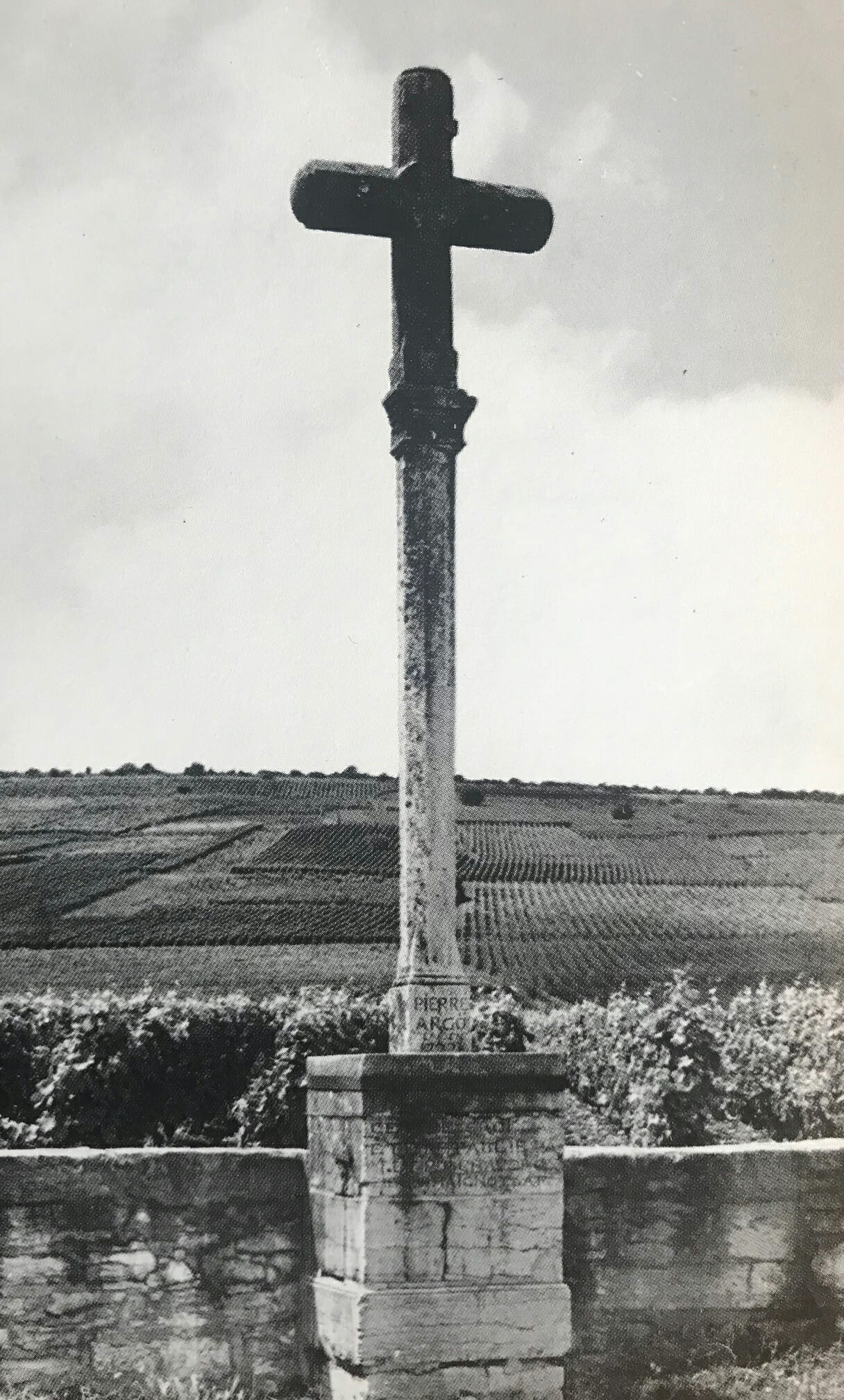Wine Snobs and the Family Jewels
Occasionally, we all run into someone who tries to convince us in annoying ways that they know everything, and I mean everything, there is to know about wine. How it is made, how to choose a great wine, what is a great wine, what isn’t a great wine, the greatest wines they have ever tasted….blah-blah-blah. Boring and annoying. Your opinion doesn’t count, they are the expert in the room. They don’t listen. They talk. I hope this is not your neighbor.
Maybe you are fortunate enough never to have met this person. I have on several occasions, and my collective memory is this is someone who has been engaged with wine for – usually, take an average, six or seven years. Sadly, I think I was this person at one time– maybe some 30 or 35 years ago. Now, I know less than I did then. I am no longer the expert. I am curious and learning. I listen to what others say about my wine, even closer when they tell me they are not experts.
The learning curve in the making of fine wine is forever, and there is no room for wine snobs. Case in point.
When I started TOR wines in 2001, our model was Burgundy. After walking every appellation and most all the vineyards in the Napa Valley that I had the opportunity to taste in bottle, I was convinced that part of the secret to the greatest wines from the Napa Valley was finding the best blocks in the best vineyards. The amount of wine made from these small pieces of land would only give me a 100 cases of a wine, sometimes more, sometimes less. Finding these gems of land was my quest– still is.
Sure there are great wines from several vineyards sites (blends) but even these are made in smaller lots from specific blocks. The secret sauce would always be selecting the best performing blocks over time in the best vineyards. You simply can’t get around this, if you are shooting for the top.
In Burgundy, this is what sets the most expensive wines from the others. Burgundy’s appellations (80 AOCs in Burgundy), and vineyards are small and numerous. It has been a grower and negociant world for generations. I invite you to look at vineyard maps of Napa Valley (Vinous has the best and most accurate and are available through their website) and you will see that it is made up, for the most part, of a lot of growers, most of them small, less than 20 acres. Look at the map of Burgundy and you will see the same, but even more fragmented because many growers can have their own rows in single vineyards.
In Bordeaux, the acreage is owned by the Chateaus, old aristocratic families, and corporations and are mostly larger tracts of land, far less fragmented. The First Growths in Bordeaux are made in the tens of thousands of cases. The greatest wines of Burgundy are mostly in the hundreds from Grand Cru and Premier Cru parcels that are the family jewels of negociants and wineries. Monopoles, vineyards owned or produced by only one producer/grower, are rare. The grower/winery relationships in Napa, as time passes, more and more resemble the Burgundy model to me.The primary difference would be the leading red grape would be Cabernet Sauvignon, not Pinot Noir.
When I started TOR, I wanted to work with the best blocks in the best vineyards in the Napa Valley. I wanted to have blocks of grapes that would be revered with time, like in Burgundy: Armand Rousseau’s Chambertin, Domaine Romanee Conti’s Richebourg, or Comte Vogue’s Musigny. These are just a few examples of what I consider their family jewels, that help secure the incredible reputations of these wineries. It would be very hard to put a price on the access to these small blocks of land for these wines.
In 2001 when we started TOR, I went shopping for jewelry. Today, I consider our blocks in Beckstoffer To Kalon, Vine Hill Ranch Vineyard, and Melanson, family jewels. Tierra Roja, because we make all the wine from this small four acre vineyard, a Monopole.
Before we formed alliances with these growers, I opened wines from these vineyard sites, and I walked them trying to understand their complexity. The hunt was exciting. Early in my career, I earned a degree in Viticulture, while working full time at Beringer, and thought I knew a few things. If I saw a great vineyard I would certainly know it.
Well, I was wrong in one case. But I didn’t know it till a decade later. The story illustrates my point clearly. We never, never know it all, and need to stay curious and pay close attention to all the details. There will always be too many important lessons in winemaking to occupy one person’s lifetime.

The vineyard that illustrates my point was a mountain site that had everything. Famous neighbors, who were making many of Napa Valley’s “cult” Cabernets, surrounded it. The soils were ideal for the greatest wines, rocky, sparse, well drained. It had a gentle West facing slope. In my view it was close to perfect. No, it was perfect. I had to make wine from this vineyard.
But I had some major hurdles to clear. The main one was bidding on a 10 year contract through a well connected lawyer for a wealthy banker who owned the property. He bought it, paying a fortune at the time, built a mansion on it, and wanted a fortune in return for his grapes surrounding the mansion. It was a 10 year commitment for some of the most expensive grapes in the Valley. But I wanted those grapes, and was committed.
The lawyer and owner narrowed down their search to two of us. My competitor was a cult winery in every way. 100 point wines from the start. This winery had the fame (well deserved), fortune and status to make this vineyard a star, that I did not have at that time. It also had arguably the best viticulture team in the Napa Valley. They wanted this vineyard badly.
And they won the contract. I was crushed, a good word for a disappointed winemaker, but moved on and was fortunate to tie up a three acre block of grapes in Beckstoffer To Kalon from our friend Andy Beckstoffer.
It was fun being in the hunt, looking back. Fun and frightening. We are family owned with no silent partners. The other bidder had partners and very deep pockets. My bet on that vineyard was close to putting all my chips on one hand. However, I felt it was important to tie up the best vineyard blocks, and the rest would fall into place. Calculated gamble.
I know. I know. You want to know the winery who tied up the contract for this incredible vineyard site and the name of the vineyard. I’m not telling. BUT, I can tell you what happened to the grapes from this vineyard those ten years. I learned the inside story eight years later.
One of the great advantages to making wine in the Napa Valley is the friendships and alliances we make with other vintners. We are often tasting each other’s wines, comparing, asking questions and formulating the answers. We learn from each other, we share the good stuff and don’t hold back. Most of us really do believe that the rising-tide benefits all of us in our small little valley. This is how I found out what happened to the vineyard I lost so early in my quest for the best.
I was at this mystery winery’s barrel tasting with a principal of the winery. I asked why I had never seen a vineyard designated for wine from the vineyard we had both fought for. The wealthy banker’s name had never appeared on any of their wines. It had location, location, location. Soils, west facing, great Cabernet appellation, neighborhood, it had it all except it had one major flaw we had both overlooked.
Our dream vineyard was perched dead center in a wind tunnel. The very cold Pacific Ocean (55-59F during the growing season) and San Francisco Bay make Napa Valley function as a world class growing area as much as any other single factor. Soils are important, but without the ideal climate, you do not have great wines. This marine influence moderates the daytime heat, and gives us long growing seasons, and grapes with fine acids, fruit, and balance. During our growing season the warm regions of Napa Valley pull all this cool marine air up and to the valley like a syphon. This is one of the reasons we have cool fog in the morning which burns off as it heats up, then comes back at night and early morning as grapes ripen. It is a beautiful sight.
We also have gaps in the Mayacama mountains where this marine influence gets funneled into the valley at specific sites with some velocity, especially in the middle to late afternoons when it is warmest. There are hidden wind tunnels where you least expect them. One was centered on the vineyard we’ve discussed. It had its own microclimate, greatly influenced by a very cool wind. The grapes here in most growing seasons rarely reached physiological maturity. They simply didn’t get ripe. The cool winds made it a much cooler site than its very favorite neighbors.
Each year the wine from the vineyard was sold to other wineries because they didn’t meet the cut, which for this winery was very high. For Pennies on the dollar. I was not smart, but in hindsight, I was very lucky. Luck in any career shouldn’t be overrated. It might even be essential.
We all missed how much this viticultural aspect would influence the wines from this vineyard. It was the wines that were made that told us the true story. They never lie. Wind currents are important to a vineyard. They are the invisible part of its “terroir” to our eye, but not to grapes that want to get ripe.
No one knows everything about wine making or grape growing. We have one classroom each year to learn our lessons. There will never be enough classes for us to know all of it. That is the exciting and challenging part of what most winemakers do. Our learning curve is forever, and ever.
